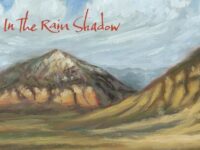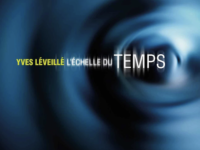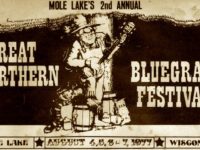Violinist Mark O’Connor continues one of the most fascinating, brilliantly original re-imaginings of classical music in our time with “Nos. 2 and 3.”
He works not in the dusty pages of the familiar, but in a refreshing vernacular — and, along the way, imbues this OMAC Records release (issued in May) with a magical propulsion. His journey, mapped out through the rich joys of rural folk, flamenco, jazz and bluegrass, uses more refined ancestral European stylings simply as highway markers. They are considered, sometimes heeded, but just as often whip by unnoticed.
Featuring violinist Ida Kavafian, viola player Paul Neubauer and cellist Matt Haimovitz, “String Quartets Nos. 2 and 3” (like “Poets and Prophets,” O’Connor’s earlier, quite remarkable take on the music of Johnny Cash) continues to breathe new life into string music at a time when it has perhaps never been more needed.
Quartet No. 2, composed in 2005, uses the bluegrass of O’Connor’s youth as a starting point, but doesn’t settle for turning its repetitive, call-and-response familiarity into a kind of reunion in song. The structure — strongly reminiscent of his original association with the great Texan folk fiddler Benny Thomasson and breakthrough initial recordings “Appalachia Waltz” (embedded below, with Yo-Yo Ma) and “Appalachian Journey” — instead works as a thematic inspiration, something O’Connor builds on to develop a new kind of orchestral sound.
Then, O’Connor simply floors it: Down shifting into jazzy Stephan Grappelli-inspired interludes, swerving into a gospel spell, then grinding the gears on his way up to the thundering peel-outs associated with Beethoven.
These boundaries — like Bartok in Kentucky, O’Connor has joked — are crossed as blithely as state lines.
Quartet No. 3, an impishly adventurous 2008 piece written at the request of New York’s Hudson Commission, commemorates the 400th anniversary of the European settlement of this legendary American passageway. It is at times bound by the conventions of the road, mimicking classical music’s regimentally striped lines and strict speed limits, then as free as the wind streaming through his rolled-down windows.
“Old Time,” as O’Connor refers to this piece, is actually just the latest in a long-term compositional project of six string quartets — each influenced by different American violin traditions.
But not bound by them.
O’Connor, even though he traces his own American roots back to 1600s-era settlers in the Hudson Valley region, refuses again to settle into comfy nostalgia. A rousing bit of old-time fiddling delicately recalls the wonderment of discovery amid the enveloping wilderness, even as it eventually gives way to the bustling pace of modern day Manhattan.
Lyrical, yet insistently rhythmic, Mark O’Connor’s is a new kind of revved-up classical music: He is fully aware of what this engine was designed to do, what maybe it (and by extension, he) is supposed to do — but unafraid to explore the offroad joys surrounding us.
We’re left to enjoy a billowing plume of innovative, energetic, edgy music as he races off the beaten path.
- How Deep Cuts on ‘Music From Big Pink’ Underscore the Band’s Triumph - July 31, 2023
- How ‘Islands’ Signaled the Sad End of the Band’s Five-Man Edition - March 15, 2022
- The Band’s ‘Christmas Must Be Tonight’ Remains an Unjustly Overlooked Holiday Classic - December 25, 2016





